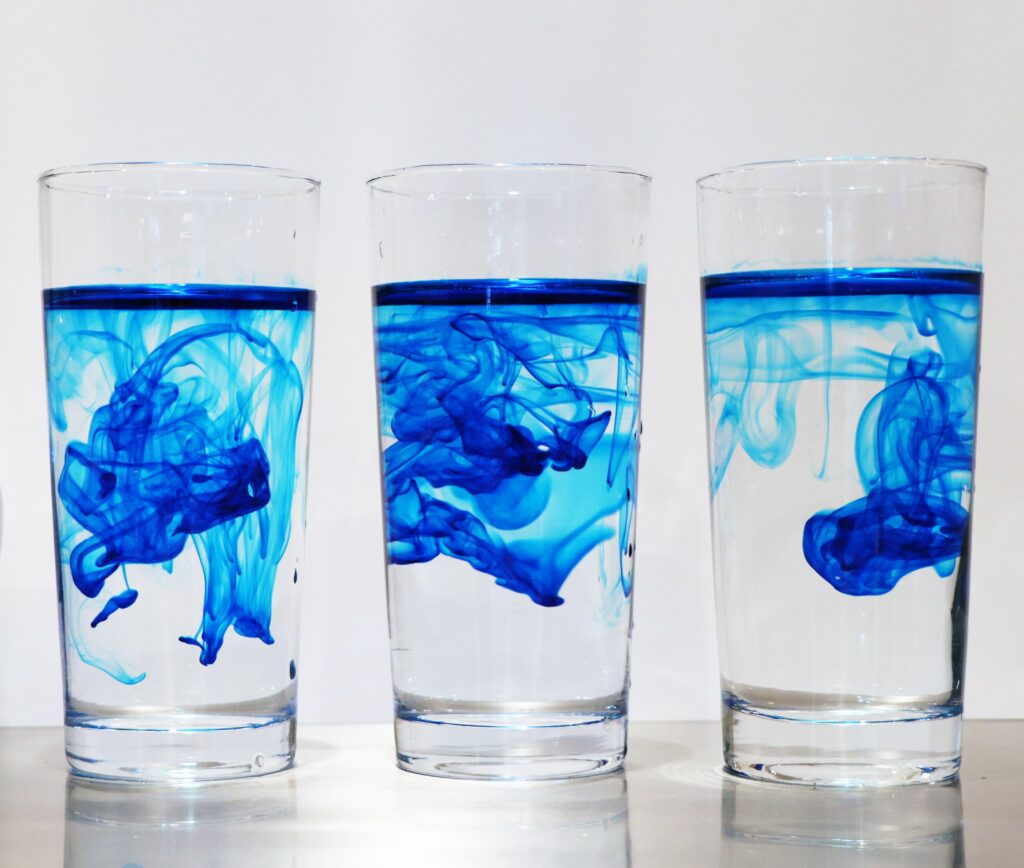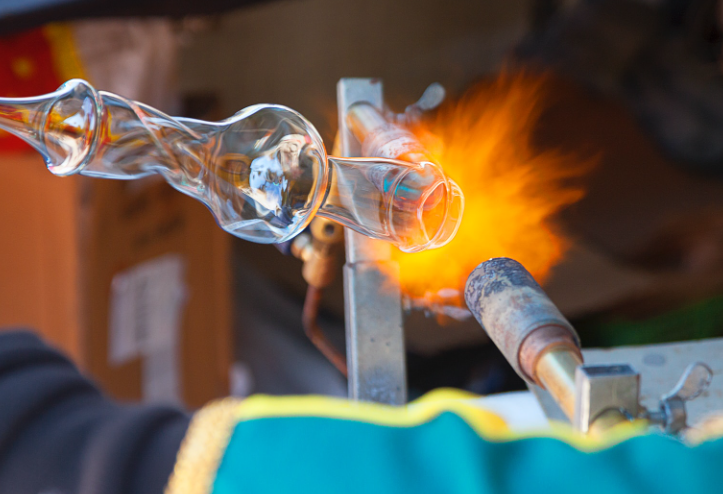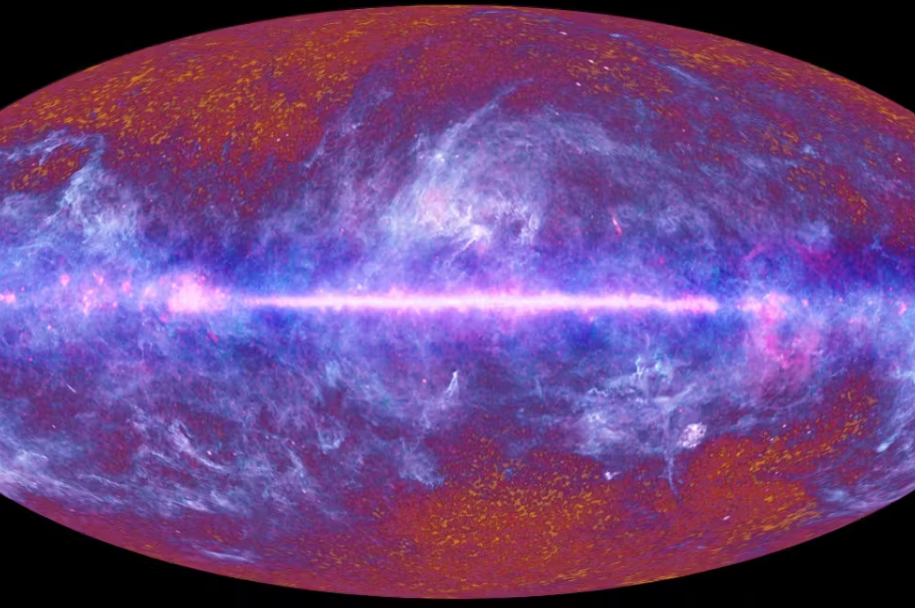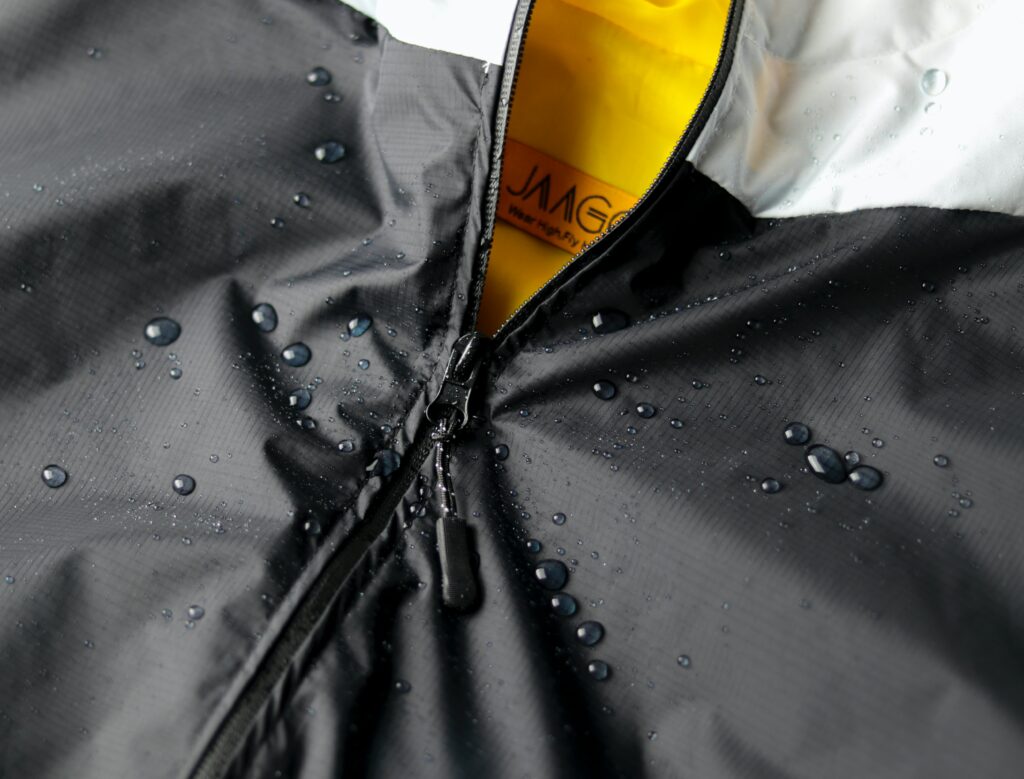Let’s see a little about diffusion, what does it mean in itself?

If you’ve ever made cookies, you may have noticed that the aroma spreads throughout your home, it’s stronger in the kitchen where the cookies are baked, a little less strong in other parts of the house so the more away from the kitchen, the less the smell is felt.
This is a delightful example of diffusion, or the movement of matter from a region of high concentration (the cookie sheet in the kitchen) to a region of low concentration (rooms in another part of the house). This principle of diffusion is fundamental to science, from the exchange of gases in the lungs to the dispersion of carbon dioxide into the atmosphere and the movement of water from one side of a cell’s plasma membrane to the other. Temperature, the size of the molecule involved, the distance the molecules need to travel, the barriers that may be encountered, and other factors all influence how diffusion occurs.

When we learn about diffusion, we commonly hear about the movement of particles from an area of high concentration to an area of low concentration, as if the particles themselves were motivated to move in direction, but this movement is actually a byproduct of what which scientists refer to a random walk of particles. The molecules do not move in straight lines from point A to point B. They interact with their surroundings, colliding with other molecules and with barriers along the way as well as interacting with the medium in which they move.
Molecules in a gas or liquid move easily and collide with each other and follow random paths moving in a straight line until something blocks their path and they bounce off of it. This random molecular motion occurs constantly and can be measured as the average free passage of a molecule or the average distance a particle moves between impacts with other particles.

It is this random and spontaneous movement that leads to diffusion. For example, odor molecules from baking cookies become airborne, they interact with other air molecules by colliding with them and changing direction. Over time this random process will cause odor molecules to disperse throughout the room diffusion occurs as a process in which a substance moves down the concentration gradient from an area of high concentration to an area of low concentration. However, it is important to recognize that there is no directional force here, the odor molecules are moving air molecules that cause them to disperse evenly throughout the entire space, bouncing off walls, moving through doorways, and eventually moving all over the house. In this way, it appears to move on a concentration gradient from the kitchen to the most distant room in the house.
Let’s do the following lab and look at the diffusion function.





Responses